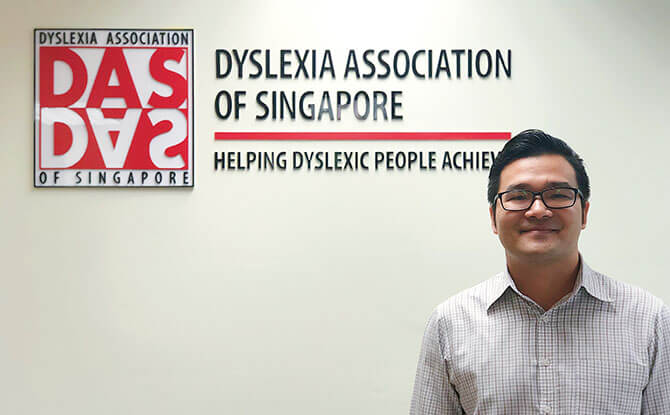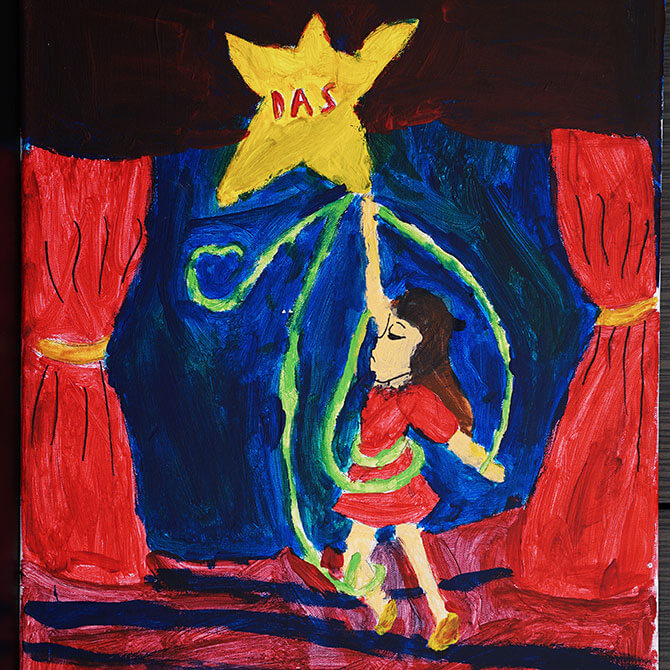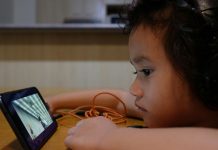
Dyslexia is an issue which some parents and their children struggle with and there can be many different misconceptions about this learning difficulty. Recently, we took the opportunity to pose some common questions about dyslexia to Edmen Leong from Dyslexia Association of Singapore (DAS) to help clear up the facts.
Edmen is the Director of Specialised Educational Services at DAS. He oversees a range of programmes including the Preschool, Speech and Language Therapy, Math, Chinese, Prep 2 PSLE and Speech and Drama Arts programmes. He has been with DAS since 2010 and strongly believes in unlocking the potential of every dyslexic learner and empowering educators and parents to support struggling learners.
Commonly Asked Questions about Dyslexia
1. What is dyslexia?
The Dyslexia Association of Singapore is guided in its definition of Dyslexia by the Ministry of Education, Singapore in their November 2011 publication “Professional Practice Guidelines for the Psycho-educational Assessment and Placement of Students with Special Educational Needs”.
Dyslexia is a type of specific learning difficulty identifiable as a developmental difficulty of language learning and cognition. It is a learning difficulty that primarily affects the skills involved in accurate and fluent word reading and spelling. Characteristic features of dyslexia are difficulties in phonological awareness, verbal memory and processing speed. Co-occurring difficulties may be seen in aspects of language, motor co-ordination, mental calculation, concentration and personal organisation, but these are not, by themselves, markers of dyslexia.
FREE FOR LITTLE DAY OUT PARENTS: Sign Up for a Free Trial with ACT 3 Academy to Find Out If Drama Classes are Right for Your Child
An appropriate literacy programme should include the following components: phonemic awareness, phonics, fluency, vocabulary and comprehension. The DAS literacy programme is in line with these guidelines.
2. What are the symptoms of dyslexia?
Common signs of dyslexia include letter confusion, for example, the confusion of similar looking letters like b/d or p/q; letter sequence reversals, such as misrepresenting “saw” for “was” or “on” for “no”; or omission of letters in words, like reading “skip” as “sip”. Other signs include missing letters or lines when reading text, or poor hand writing. Learners with dyslexia would typically read and spell below their grade or level.
3. How is dyslexia tested?
Dyslexia can be diagnosed though a psychological assessment by a psychologist. The DAS provides such an assessment service. The Ministry of Education and private psychologist clinics also provide such services.
4. How can dyslexia be treated?

Dyslexia cannot be treated since it is not a condition or a disease. Dyslexia is a learning difference and it can be overcome through intervention programmes. The DAS provides learners with dyslexia with reading and spelling strategies to help them progress in their literacy abilities.
5. Is it possible to be dyslexic in Chinese?
We believe that dyslexia will impact language learning. This would include learning the Chinese language. However, due to the differences between the Chinese and English languages, there will be differences in the difficulties students face. There is currently no available standardised literacy assessment tool to diagnose dyslexia in Chinese. There is also limited research on dyslexia and Chinese in Singapore. We are starting to see more research done on dyslexia in Chinese in Taiwan, Hong Kong and Mainland China. However, because of a different writing or oral language system, there are differences in the implications of such research work and its application to the Singaporean context.
Despite these limitations, the DAS has a Chinese Programme that caters to learners with dyslexia who struggle with Chinese. We have developed a Chinese assessment tool that assesses a child for their Chinese literacy ability. These are indicators of possible struggles that a learner who may be dyslexic in Chinese might have. This tool provides educators at the DAS knowledge on what support these learners might need.
Some examples of struggles a learner who might be dyslexic in Chinese would include reading or spelling with semantic errors (医生, 生医), visual errors (missing strokes or adding strokes), or reversal (加, 叻).
6. What is the most common misconception about dyslexia?

One of the most common misconceptions about dyslexia would be that learners with dyslexia are slower learners. Learners with dyslexia are not slower learners, they are learners who learn differently; and struggle with reading, spelling, writing and comprehension.
Being a developmental difference, dyslexia is typically picked up during a learner’s school years. Since schools typically assess an individual’s ability via tests and exams, which would require them to read and write, dyslexic learners would therefore be assumed to be slower learners. Many of the dyslexic learners we meet at the DAS are brilliant and talented individuals! We have to remember to celebrate talents of these individuals beyond their academic abilities.
Some of the other misconceptions about dyslexia can be found on our website.
7. Where can parents or persons with dyslexia seek help in Singapore?
Parents who suspect their children might have dyslexia should seek advice from their children’s school teacher. They can also seek help at any of the 14 DAS Learning Centre’s or call us at +65 6444 5700 or drop us an email at info@das.com.sg.














